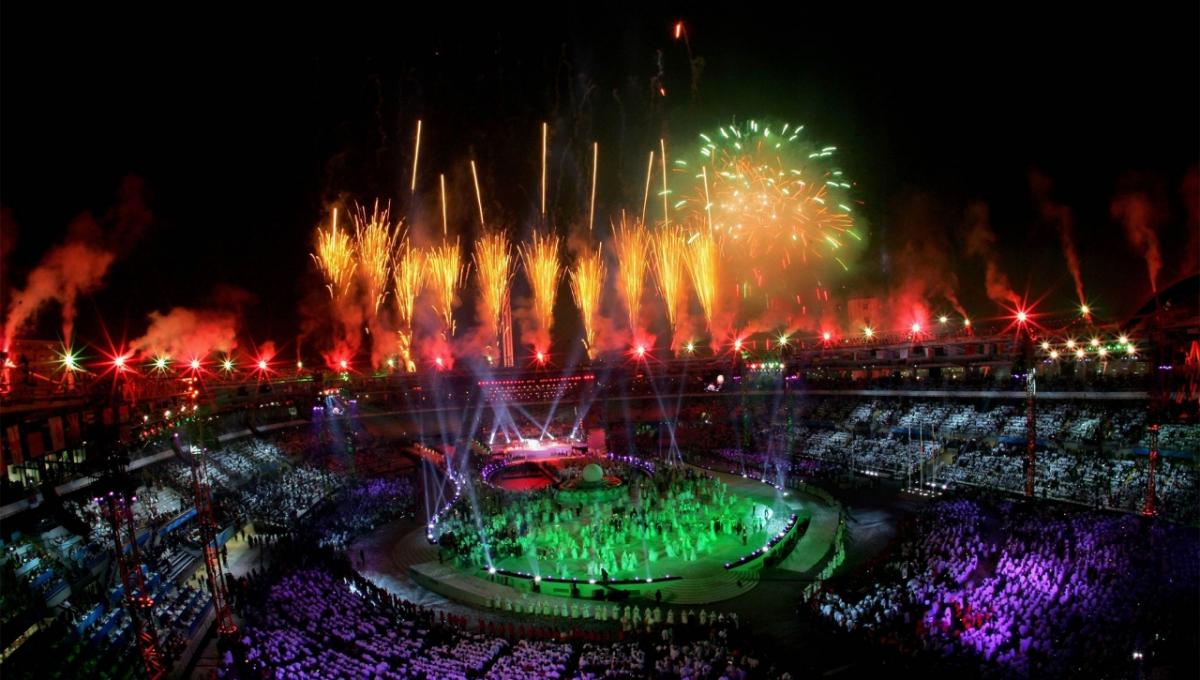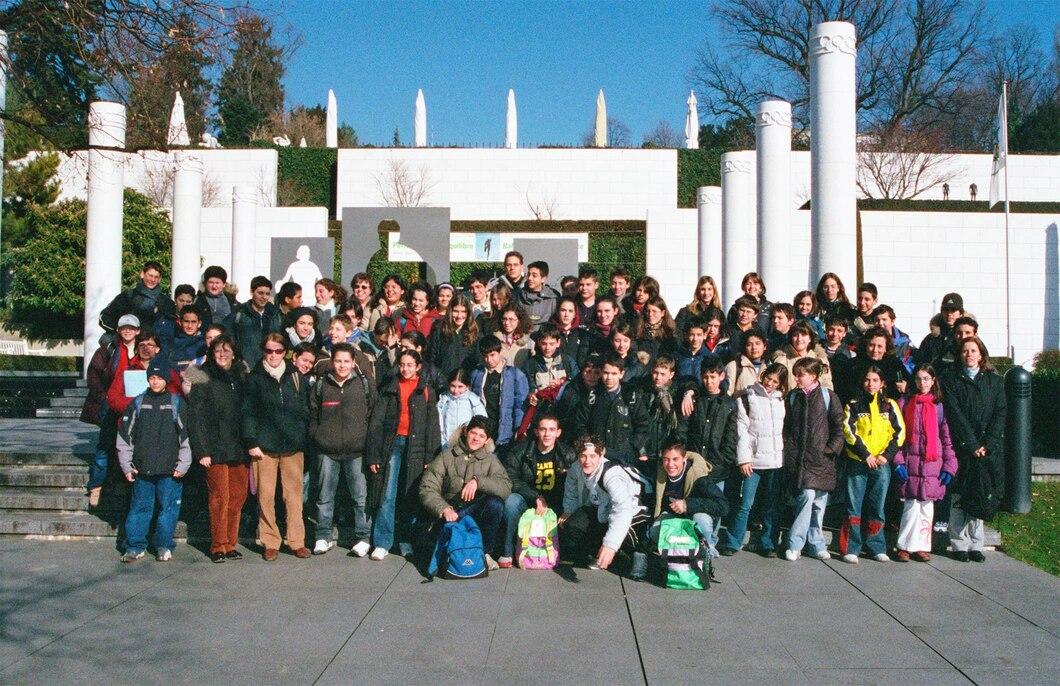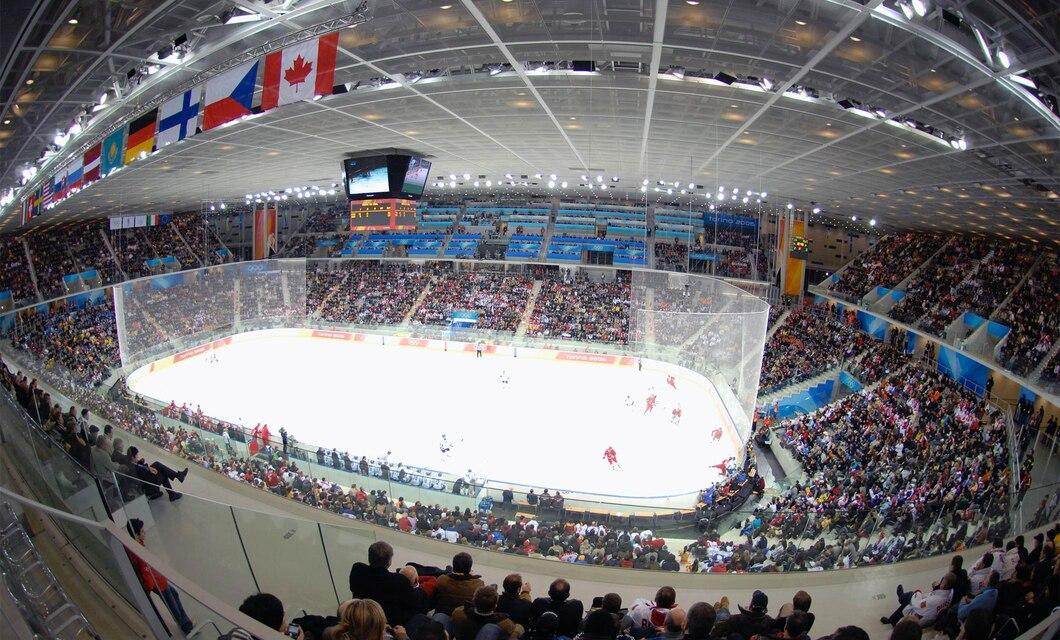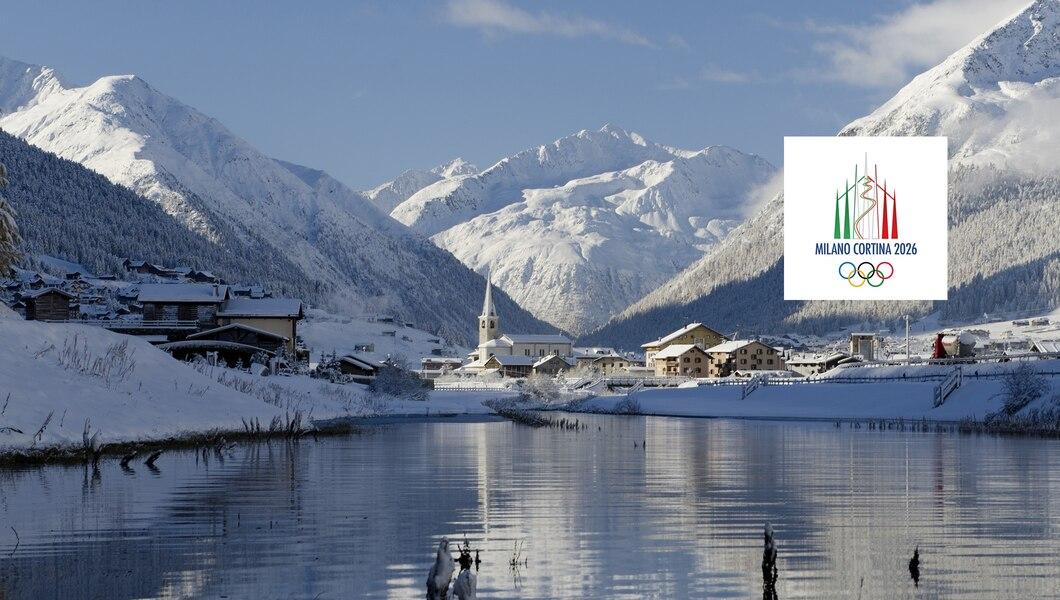How Turin Was Transformed by Hosting an Olympic Winter Games
Few cities manage to completely reinvent themselves through hosting an Olympics, but Turin did.
International Olympic Committee news
While most people were familiar with the general attractions of London, Rio or Vancouver prior to them putting on recent Games, the 2006 Olympic Winter Games radically changed international perceptions of Italy’s industrial north. As a result, Turin 2006 helped unearth the city’s little-known touristic charm.
“After more than a decade, Turin represents one of the most vivid examples of successful post-Olympic legacy management,” said a spokesperson for Turin’s Parcolimpico. “The impact on the city’s image was absolutely beneficial. Up until 2006, Turin was considered to be a closed-minded city, unable to welcome changes, diversity and tourists.
“Thanks to 2006, everything changed. The data shows how good a job was done. Until 2006, Turin had barely a million tourists per year. Once the Games took place, this number shot up, reaching about six million. Thanks to such an increase, Turin has climbed up to become one of the most tourist-populated cities in the whole country, placing just after Rome, Venice and Florence. And before 2006, only 40 per cent of the Milky Way Alpine ski location’s customers were foreigners. Now, this number is around 85 per cent.”
Turin 2006 was innovative: it was the first European-based Winter Games to adopt a city/mountain hosting model. Ice-based sports were staged in the metropolitan centre, with snow-based events in the mountain regions. The unity of the Olympic territory made it possible to position the region’s image as more of a tourist destination.
The “20 March 2006 Foundation” was created to manage several Olympic competition sites, which are now open to the public as sporting and entertainment venues. This private, non-profit agency has helped the Palasport Olimpico (which hosted ice hockey at Turin 2006) become one of Italy’s leading music and entertainment venues, with the likes of U2, Madonna and Bob Dylan all performing there live. It has also held FIBA Olympic qualifying trials.
Meanwhile, the Palavela (figure skating) is a conference centre which also has a public ice rink that serves 30,000 skaters annually. It has also held the Figure Skating World Championships.
“Starting from 2011, the Pala Alpitour venue has been able to host about 369,000 people per year, about 7,000 people at an average of 57 events per year,” added the spokesperson.
But it’s the region’s children and young people who have perhaps gained the richest benefit from Turing 2006.
Twenty-five “Olympic ring education initiatives” engaged over 600,000 schoolchildren before and after the Games. This educational programme consisted of a diverse set of projects, all based around the five rings. For example, the “red Sport and Sports Culture ring” enabled 6,500 pupils from schools in Piemonte to visit The Olympic Museum in Lausanne between 2002 and 2006. In 2008, the TOP 2006 School Project gave over 10,000 children the chance to try out sports at various Turin 2006 venues.
“It’s hard to analyse how many more children took up winter sports or got interested in them as a result of Turin 2006, but what is for sure is that the popularity of winter sports in this city grew,” said the spokesperson.
“In fact, in 2015, Turin was named European Capital of Sport. When it comes to Alpine skiing, two million skiers are practising the sport in Italy, mostly populating the northern regions.
“Athletes performing at such a high level, in a familiar place, must have been an inspiration for many others. After 2006, the Italian team had a huge turnover. Many of the emerging athletes were very young, and you could tell they were inspired by witnessing such a huge event, played at home. Sofia Goggia, Marta Bassino, Nadia Delago, Dominik Paris and Alex Hofer were still teenagers. It would be hard to believe they were not influenced by such an eye-opening event.”
Volunteering was also driven by university students, many of whom worked alongside multimedia experts in the lead-up to the Games. A total of 515 students enrolled in TV production and broadcasting degree programmes, and 400 of them went on to work as volunteers during the Games.
There were other successful programmes too. Turin 2006 was the first European Olympic Games to adopt the Eco-Management Audit Scheme (EMAS) to implement environmental guidelines, helping to offset two-thirds of the greenhouse gas emissions from the Games.
An Olympic Truce Programme raised more than EUR 500,000, through which 25,000 children living in countries at war were immunised against polio, measles and meningitis. And the “Clearing Sarajevo '84 Olympic Sites from Landmines” project helped the Olympic district thanks to a EUR 150,000 contribution from the Turin Organising Committee and Piemonte municipalities. The Alessandro Bertinaria Regional Anti-Doping Centre was also created, and today continues to serve as a scientific research facility. To protect clean athletes and catch drug cheats, it focuses its research on methods and procedures to diagnose the administering of doping substances.
Most of all, the feelgood factor remains in place.
“In addition to all the initiatives and infrastructure, the Olympic spirit has continued,” said the Parcolimpico spokesperson. “The whole perception of a city, once considered closed-minded, has changed. Thirteen years on, the pride hasn’t faded away. Perhaps the memories are not as clear as they used to be, but everyone remembers it as a historical moment for the city, and for the whole country.”
It is a change that Milan-Cortina d'Ampezzo can experience too in 2026.
“Considering the thriving environment in Milan, with many investors and businesses moving in, the Olympic Games represent the icing on the cake,” the spokesperson said. “Along with the numerous opportunities for Milan, Cortina will also receive a strong benefit to its economy. For many years part of the Alpine ski race tours, Cortina has always been one of the athletes’ favourite stops in the whole circuit and is iconic for its history.”






